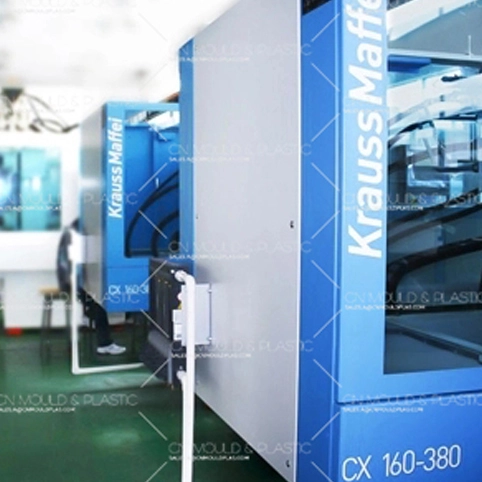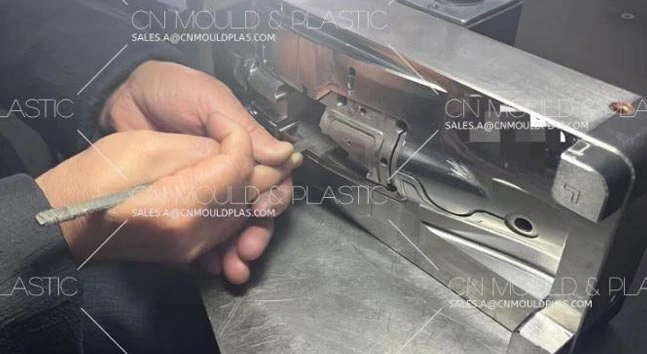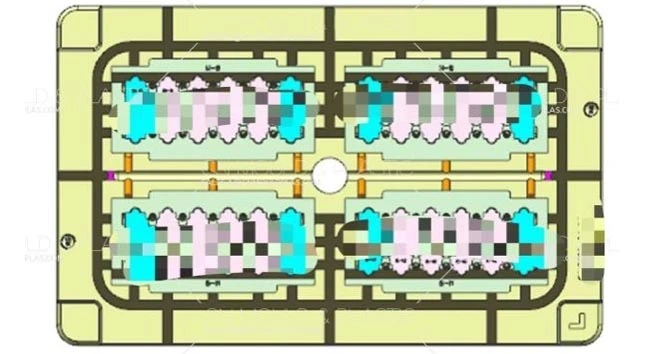EVA Foam (ethylene vinyl acetate foam)
PU Foam (polyurethane foam)
PE Foam (polyethylene foam)
EPE Foam (expanded polyethylene foam)
NBR Foam (PVC nitrile foam)
PVC Foam (polyvinyl chloride foam)
EPDM Foam (ethylene propylene diene monomer foam rubber)
SBR (styrene butadiene foam rubber)
CR (neoprene foam rubber)
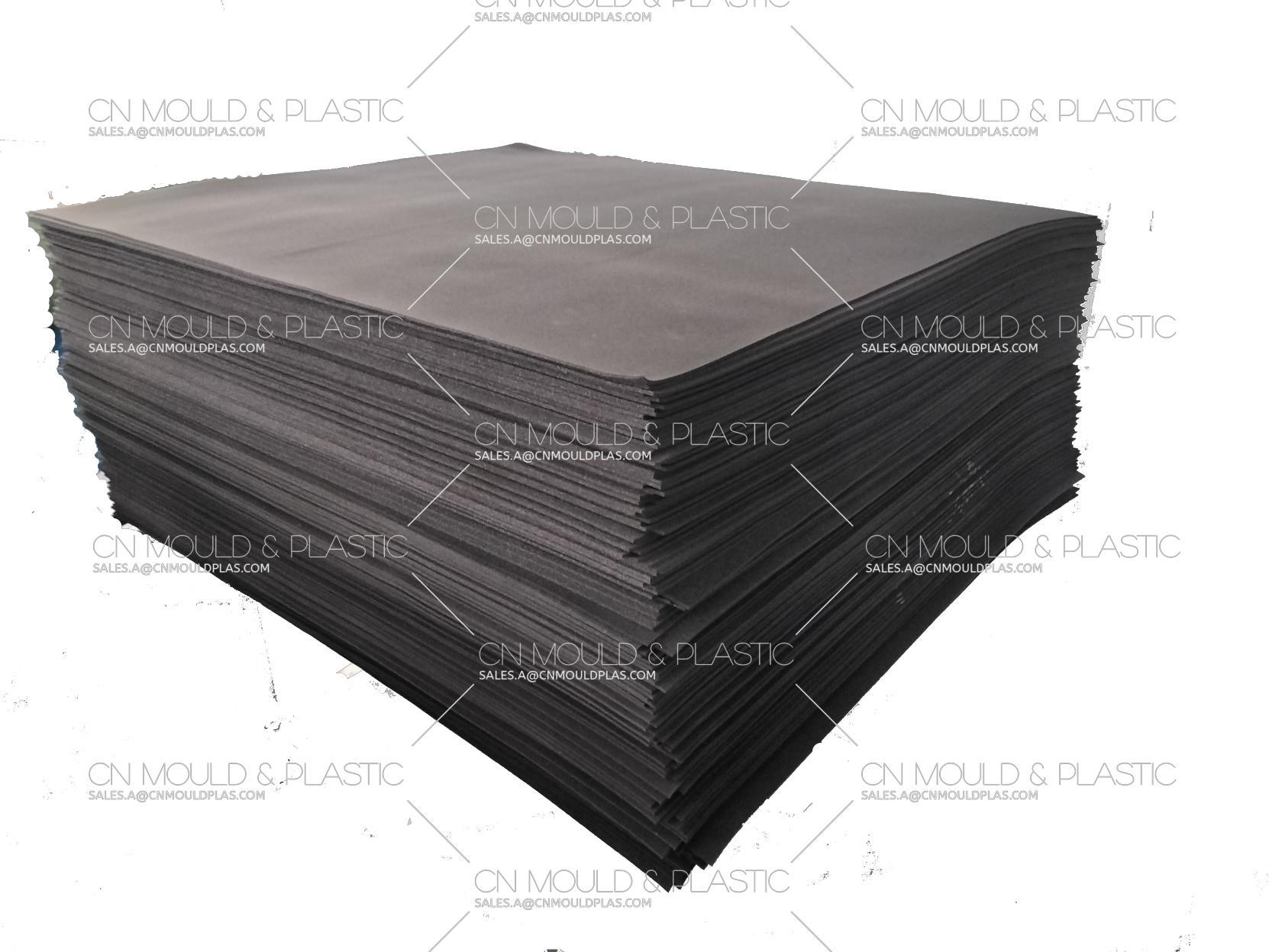
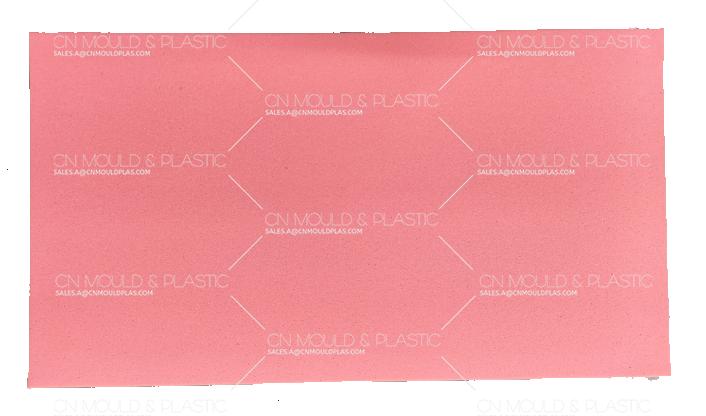
1. Adjust the cutting size and blade angle. Adjust the cutting depth according to the different shape and size of foam sheet. The cutting depth should be gradually adjusted until the desired depth is reached.
2. Turn on the machine. Press the start button to start the foam rail cutter.
3. Control the cutting speed. In the working process of the foam rail flat cutting machine, the cutting speed should be adjusted according to the different cutting materials and the wear degree of the cutting blade.
4. Control the cutting direction. According to the need, control the cutting direction of the foam rail flat cutter. If greater accuracy is required, the speed and direction of motion of the blade can be manually controlled.
5. Finish cutting. When the rail cutting is completed, shut down the machine and clean the cutting blades and accessories for next use.
